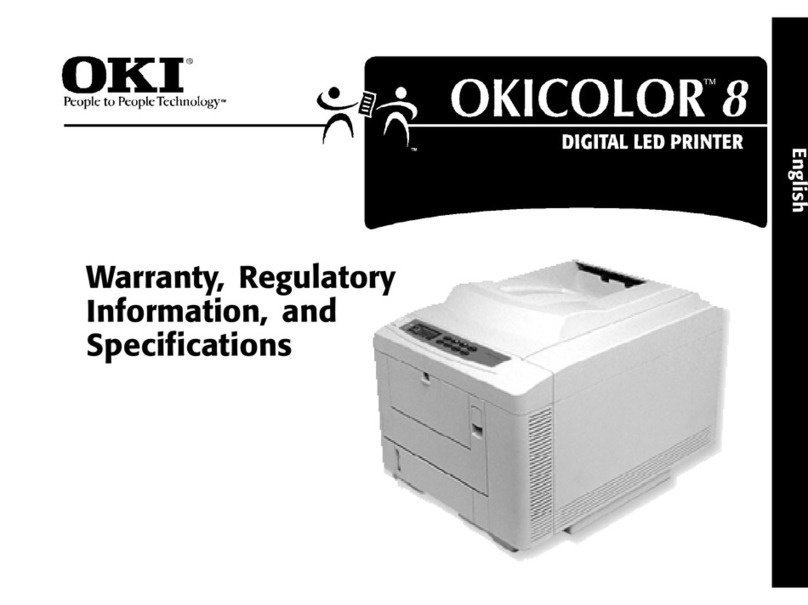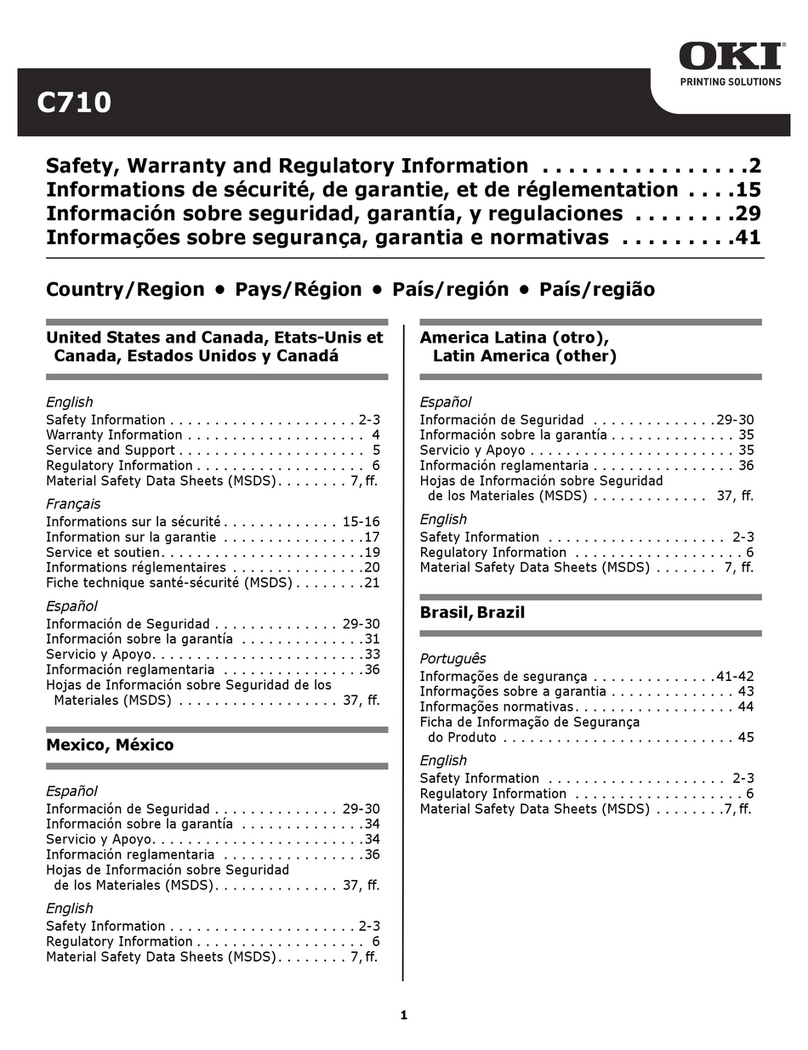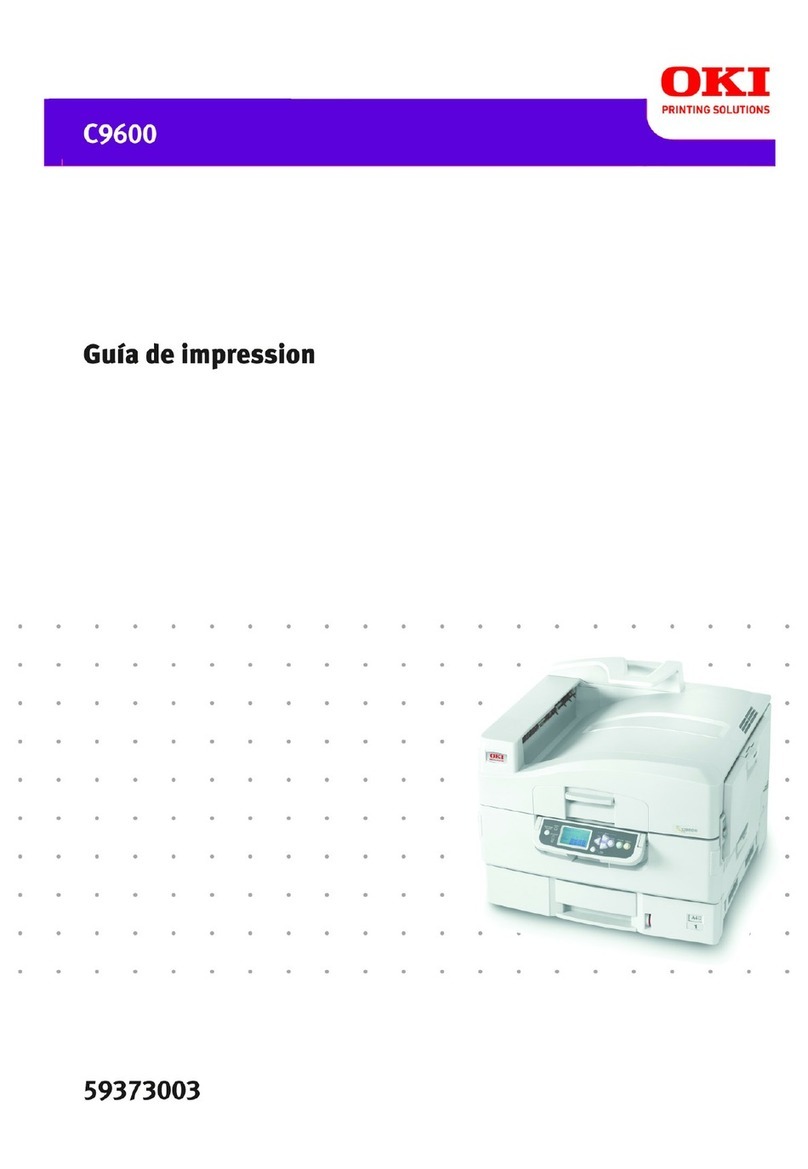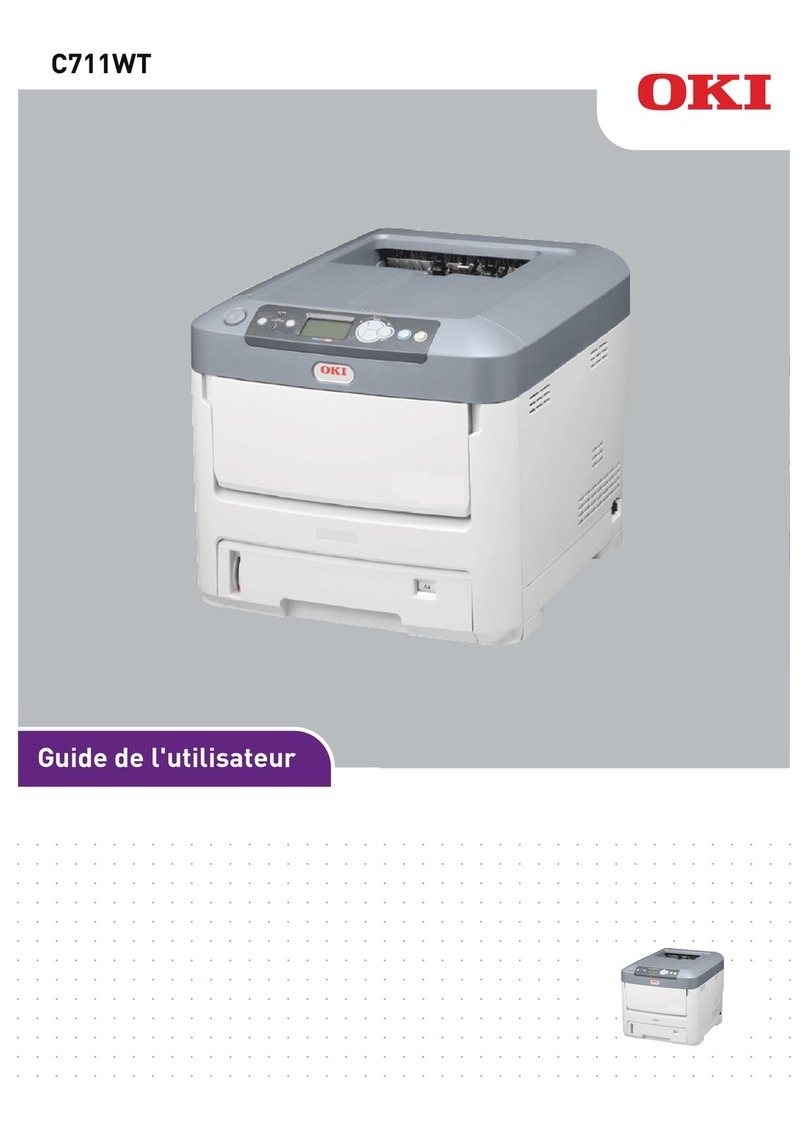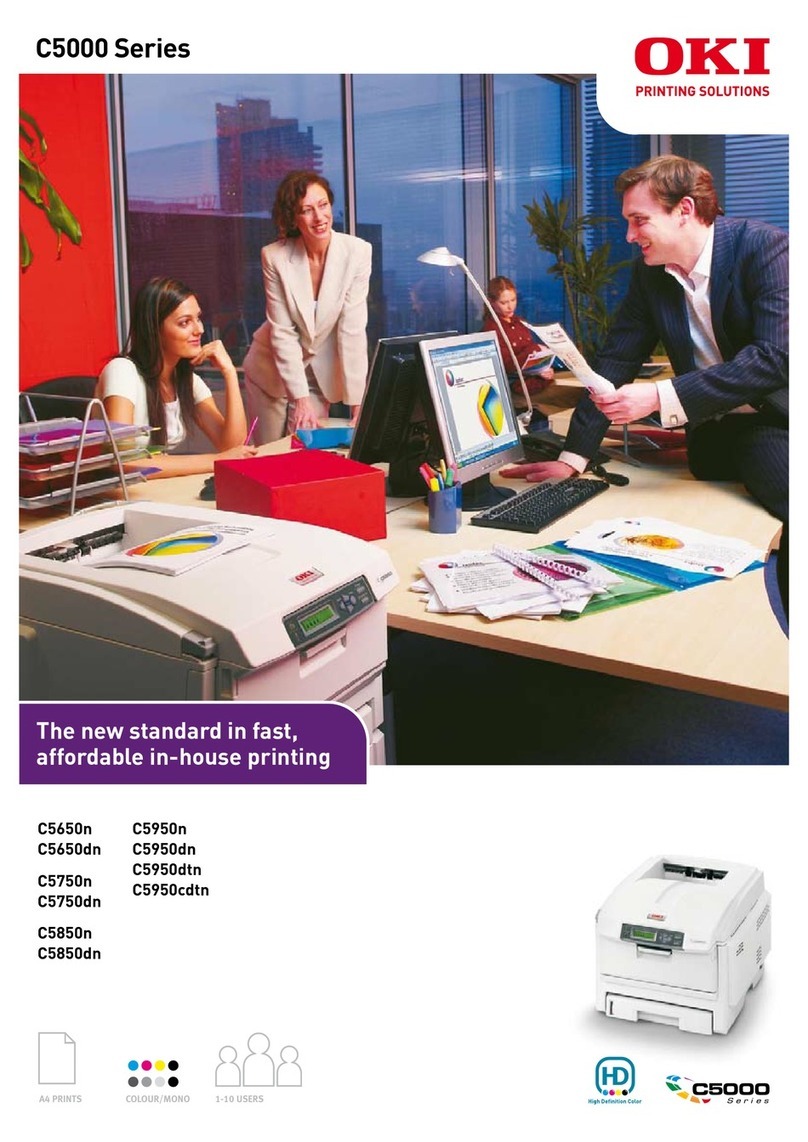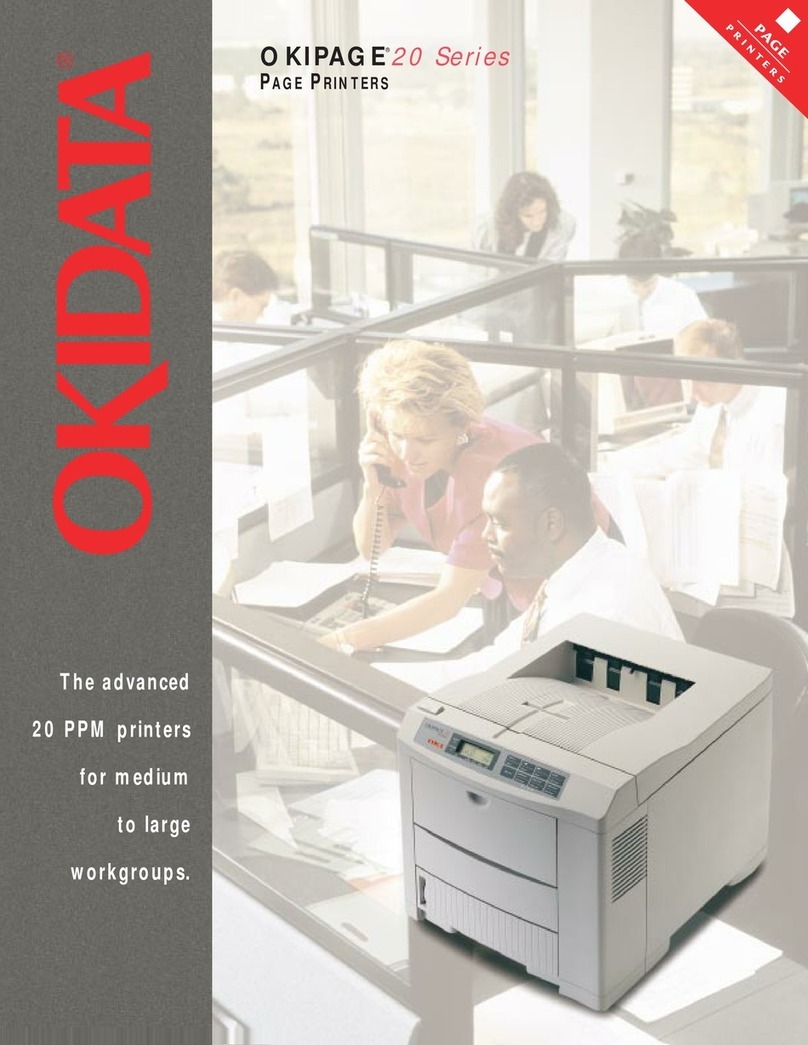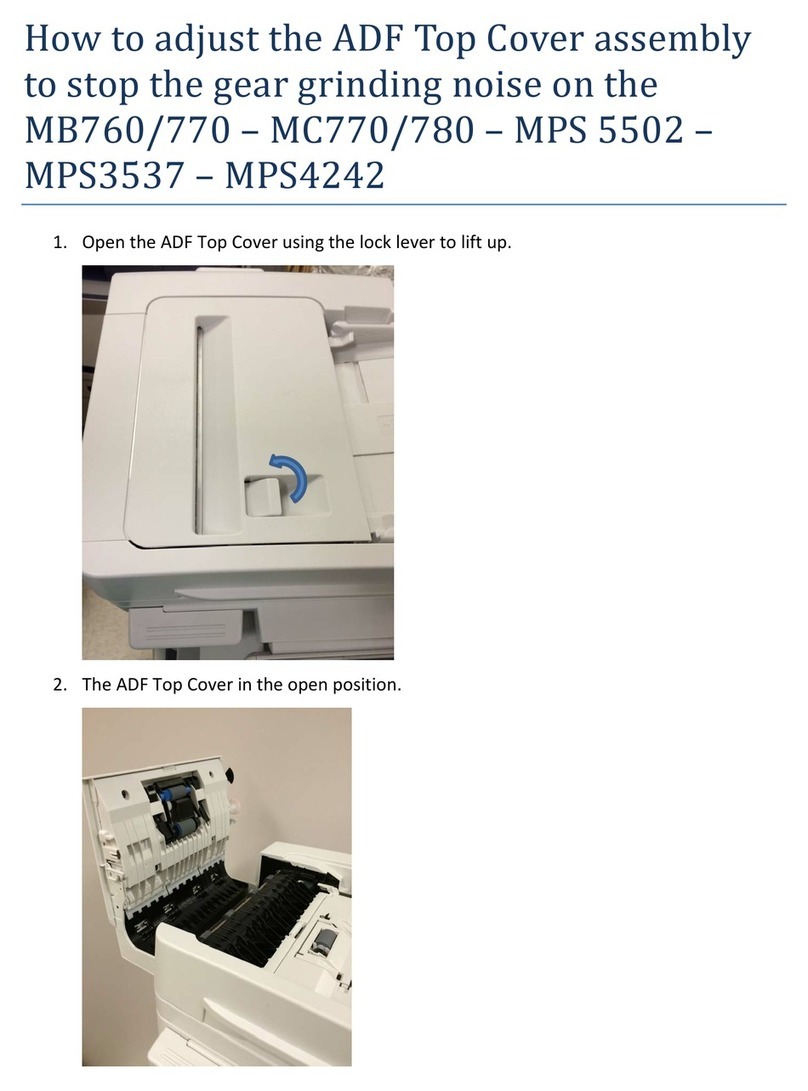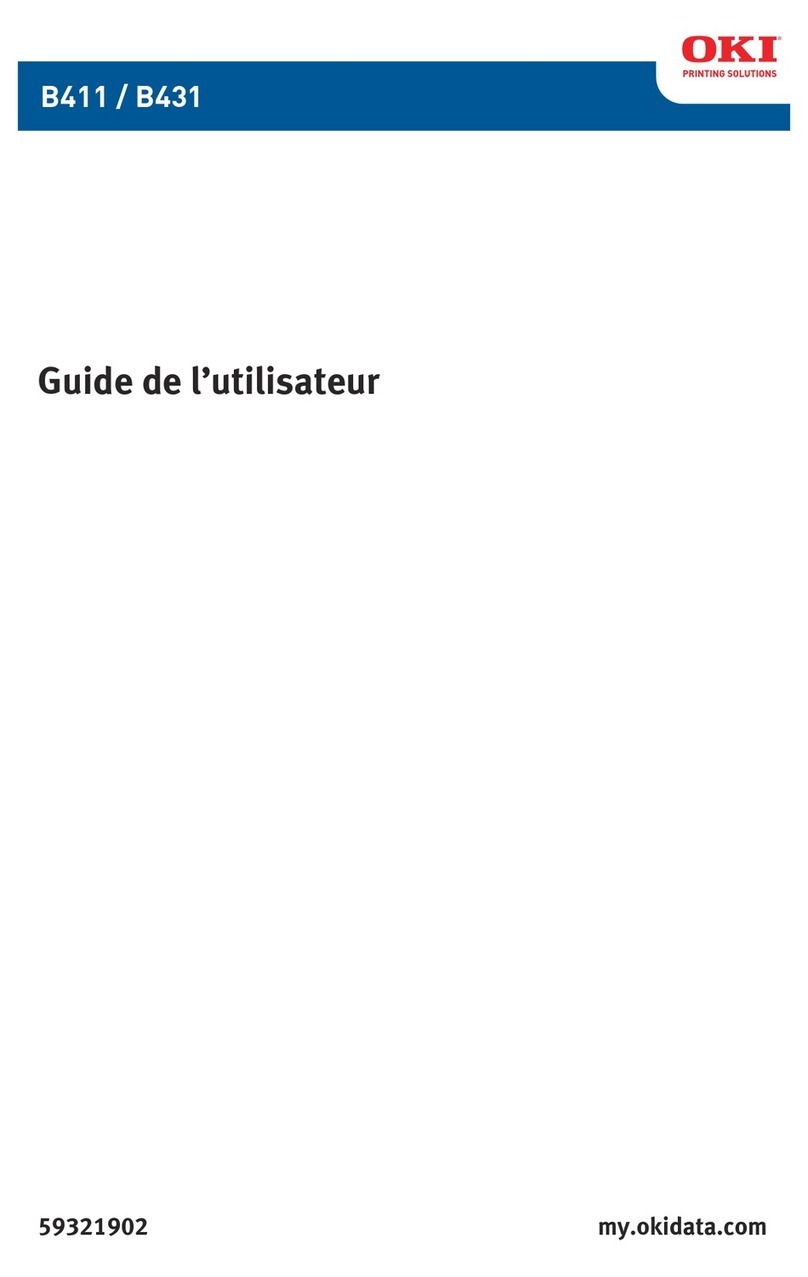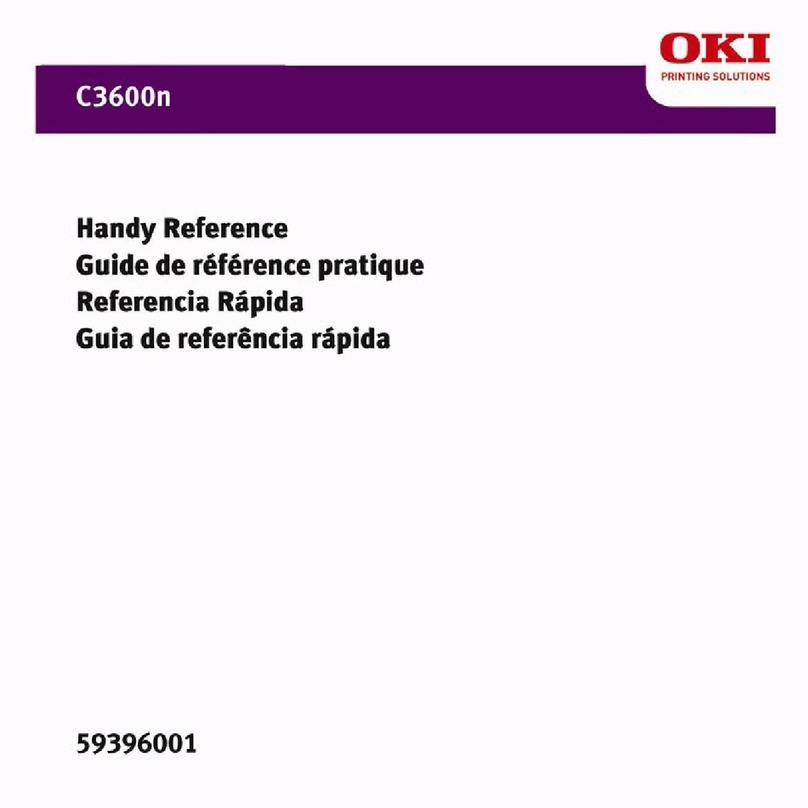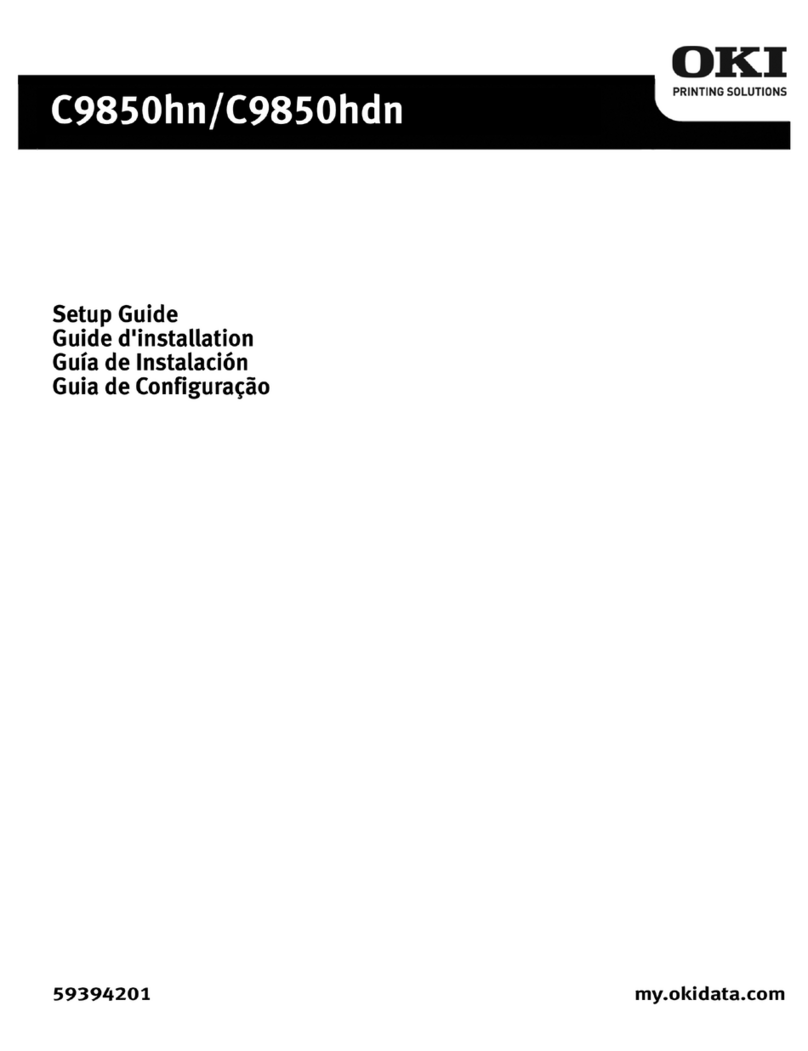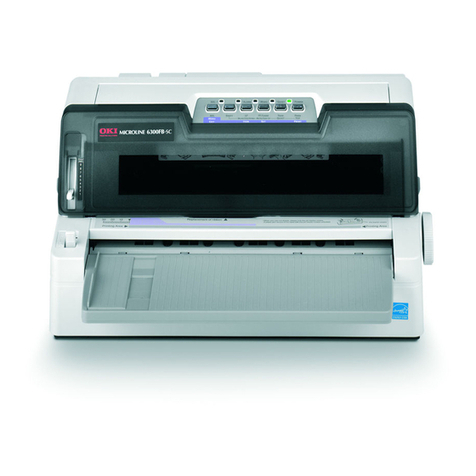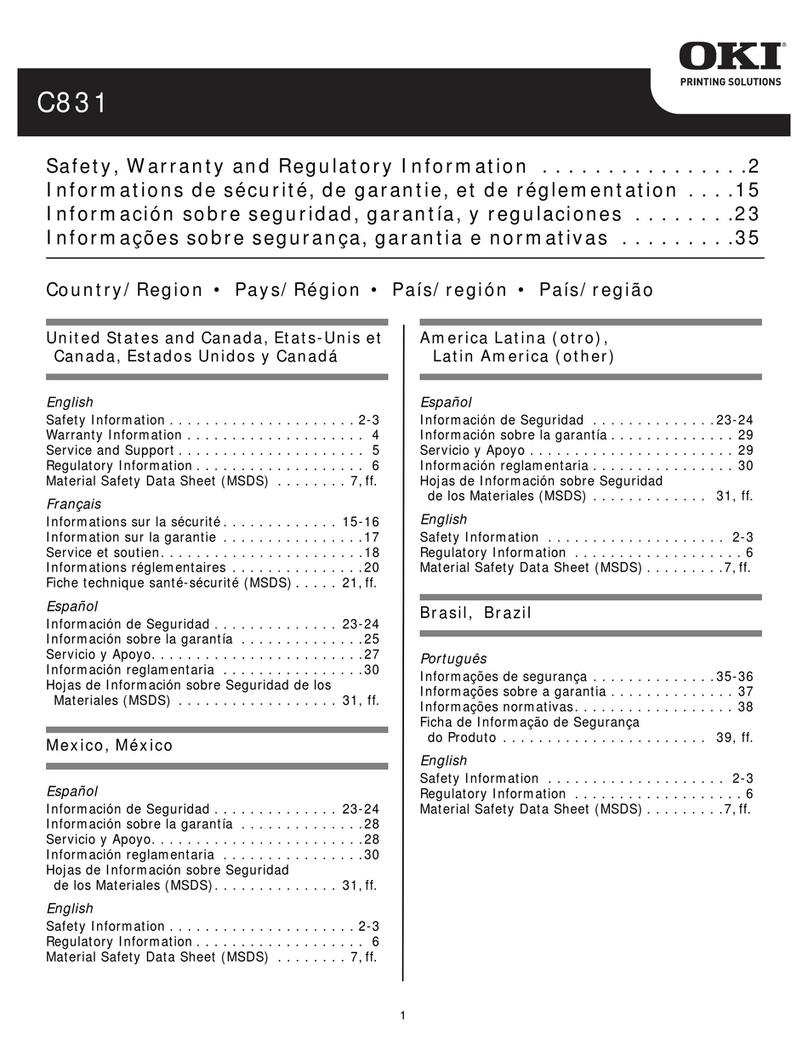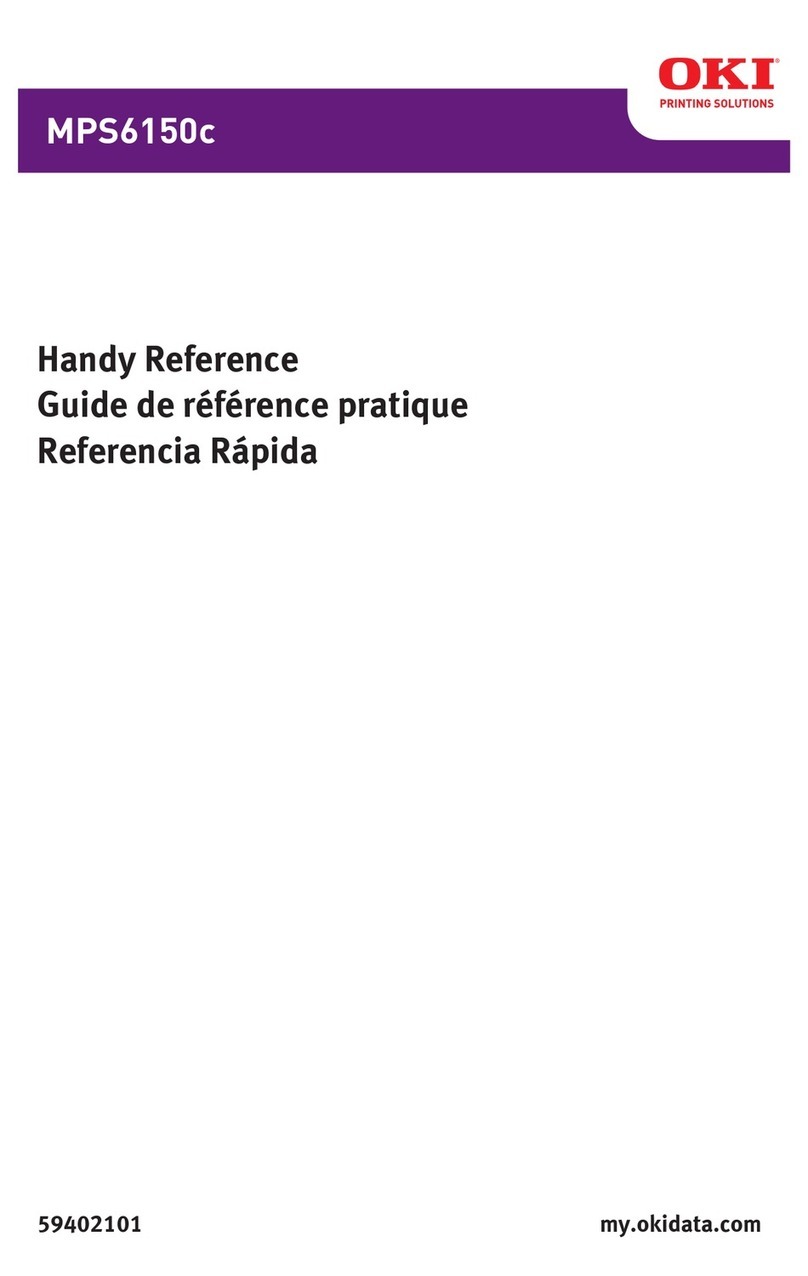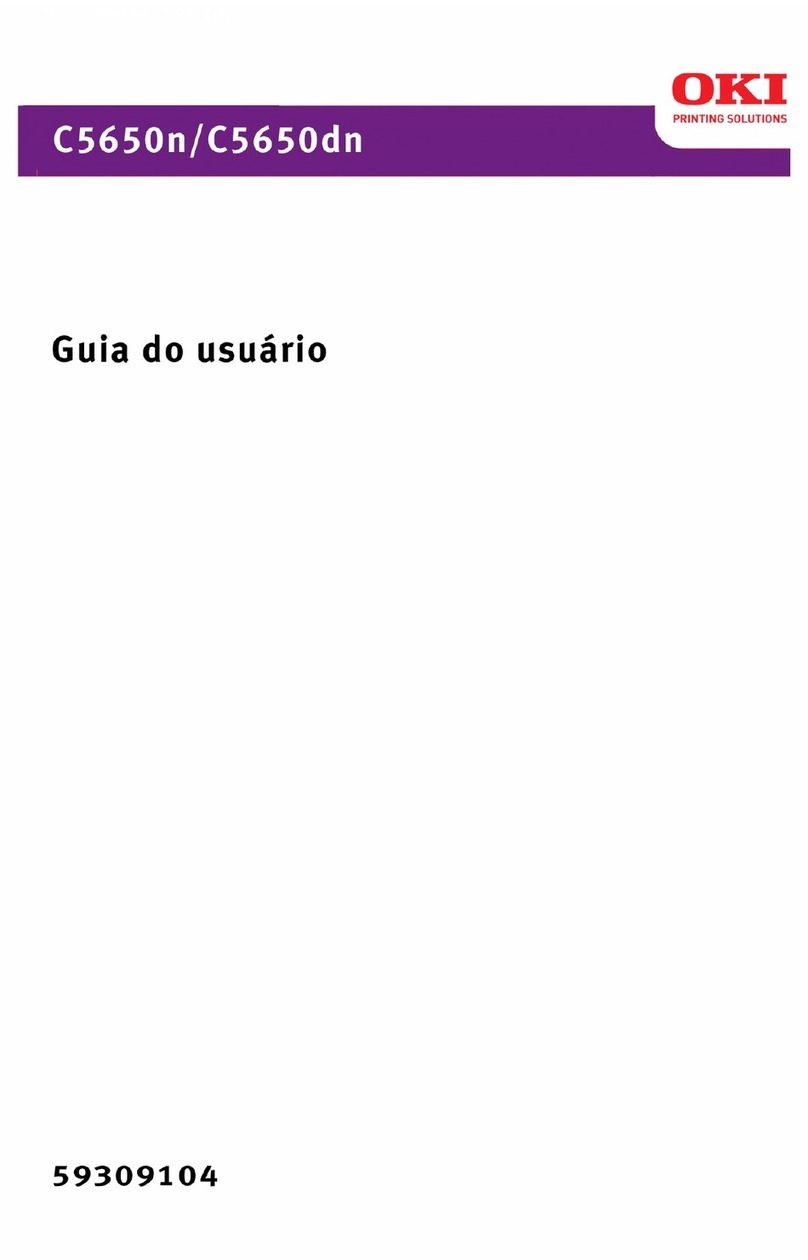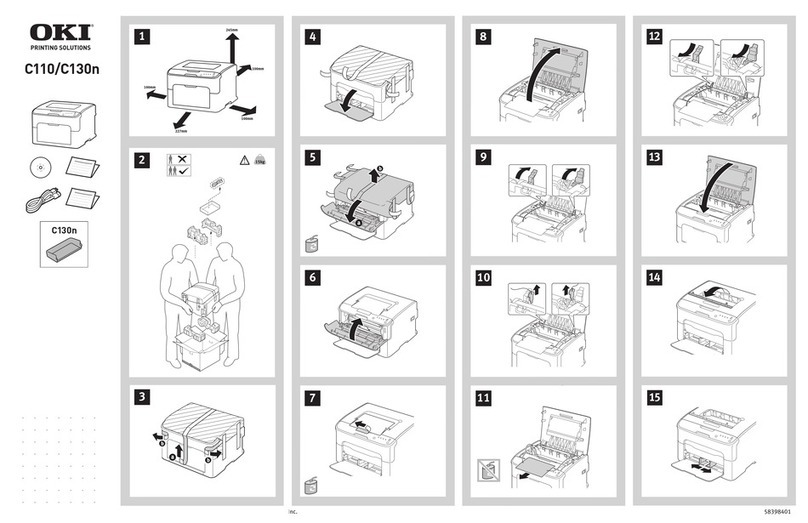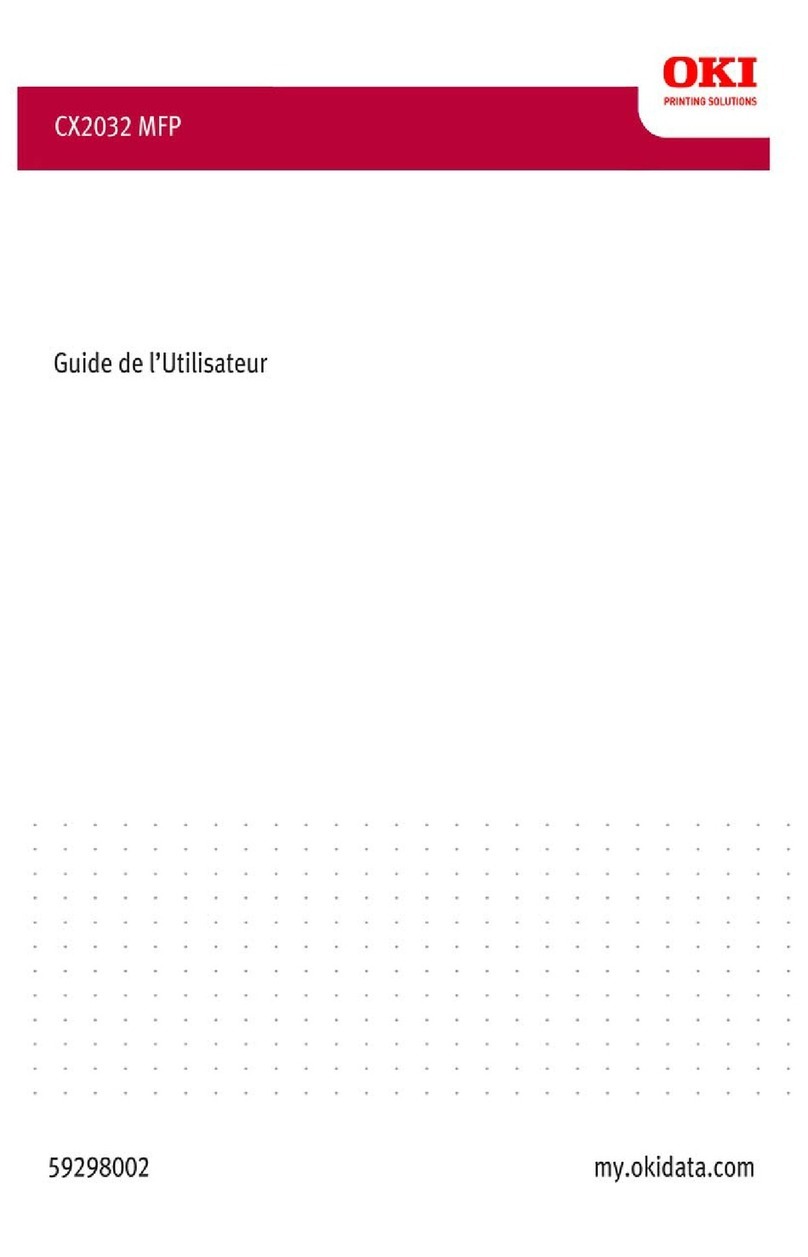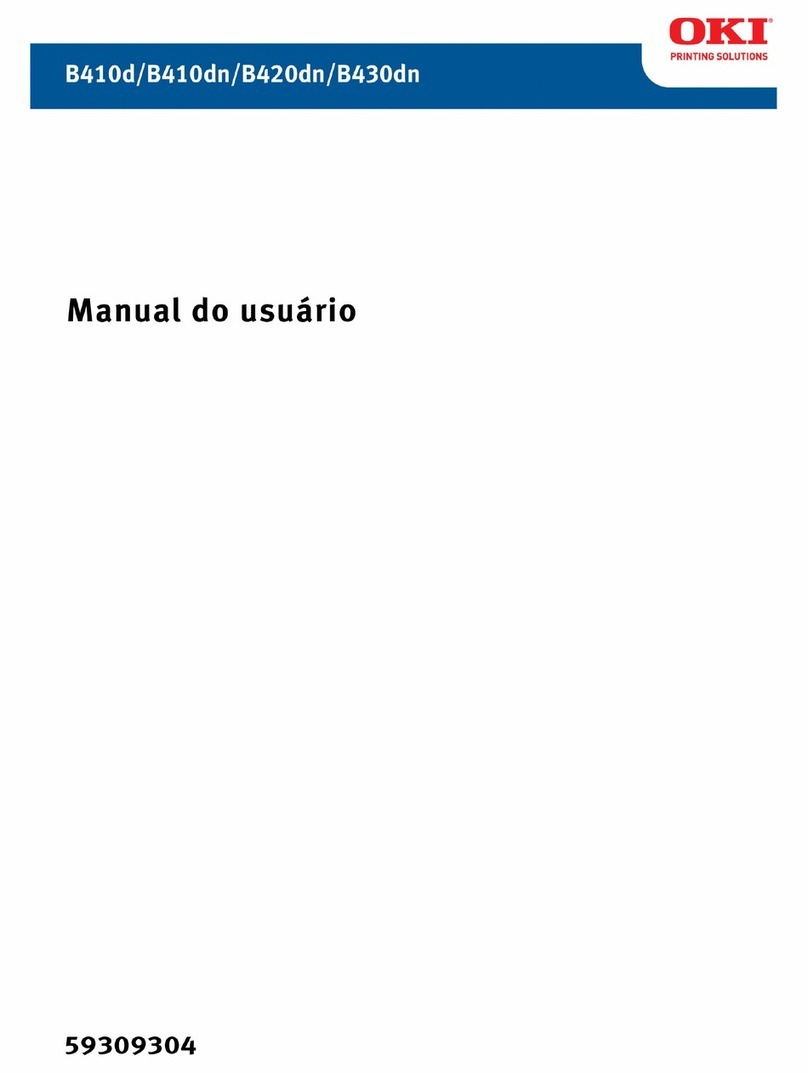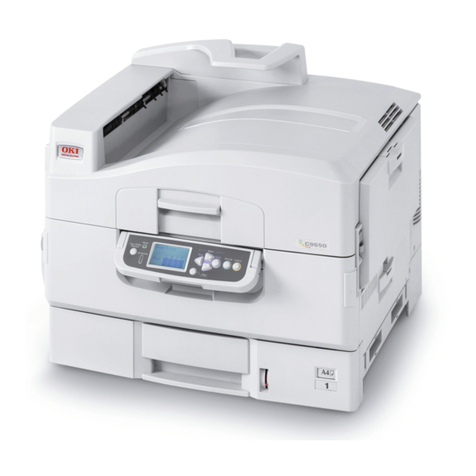41260201TH Draft 4 /
CONTENTS
1. CONFIGURATION ......................................................................................... 6
1.1 System Configuration ............................................................................... 6
1.2 Printer Configuration................................................................................. 7
1.3 Specification ............................................................................................. 8
1.4 Safety Standards ...................................................................................... 10
1.4.1 Certification Label............................................................................................ 10
1.4.2 Warning Label ................................................................................................. 10
2. OPERATION DESCRIPTION......................................................................... 11
2.1 Main Control Board................................................................................... 13
2.2 Power Supply Unit .................................................................................... 14
2.3 High-Voltage Power Supply Board ........................................................... 14
2.4 Electro-Photographic Processor............................................................... 16
2.5 Electro-Photographic Process .................................................................. 20
2.5.1 Explanation of Each Process Operation.......................................................... 22
2.6 Paper Jam Detection ................................................................................ 27
2.7 Toner Low Detection................................................................................. 29
2.8 Cover Open .............................................................................................. 31
2.9 Detecting I/D Unit existence ..................................................................... 31
3. PARTS REPLACEMENT ............................................................................... 34
3.1 Precautions for Parts Replacement.......................................................... 34
3.2 Parts Layout.............................................................................................. 36
3.3 Replacing Parts ........................................................................................ 39
3.3.1 Hopper Plate ................................................................................................... 39
3.3.2 LED Head and Head Spring............................................................................ 40
3.3.3 Transfer Roller................................................................................................. 41
3.3.4 How to remove Cover Upper Assy .................................................................. 42
3.3.5 Upper Cover Assy ........................................................................................... 43
3.3.6 High-Voltage Power Supply Board (P2H) ....................................................... 44
3.3.7 Top Cover Assy and Flat Cable Assy.............................................................. 45
3.3.8 Paper Holder ................................................................................................... 46
3.3.9 Side Plate M and Idle Gear ............................................................................. 47
3.3.10 Heat Assy ........................................................................................................ 48
3.3.11 Drive Shaft E (Eject) and Eject Roller ............................................................. 49
3.3.12 Pressure Roller B (Back Up Roller)................................................................. 50
3.3.13 Separator Guide .............................................................................................. 51
3.3.14 Pulse Motor (Main) .......................................................................................... 53
3.3.15 Hopping Shaft Assy......................................................................................... 54
3.3.16 Regist Roller.................................................................................................... 55
3.3.17 Paper Sensor E, Paper Sensor Exit and Toner Sensor Assy ......................... 56
3.3.18 Base Plate ....................................................................................................... 57
4. ADJUSTMENT ............................................................................................... 58
4.1 Adjustment Types and Functions ............................................................. 58
4.1.1 Printer Driver ................................................................................................... 58
4.1.2 Engine Maintenance Utility.............................................................................. 58
